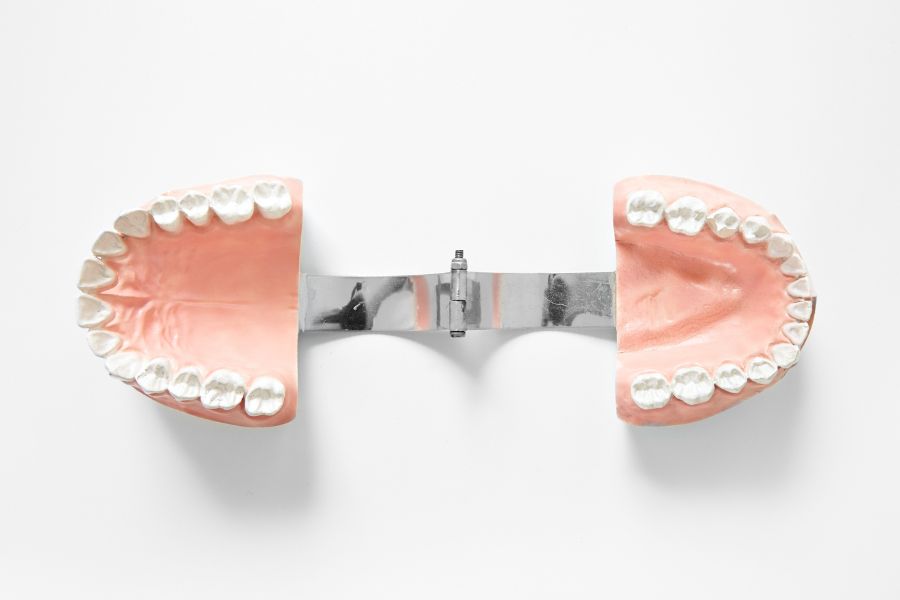Orthodontics has traditionally relied on physical molds to understand a patient’s oral structure. These molds, made from materials like alginate, accurately represent the patient’s teeth and oral tissues. However, they pose challenges, including patient discomfort and the potential for inaccuracies due to movement or distortion.
Enter digital impressions, a technological solution that captures a highly accurate 3D model of the teeth and gums. Using optical scanning devices, orthodontists can now generate a digital map of the patient’s mouth, a process that is often quicker, more comfortable, and more precise than traditional methods.
While traditional molds have served orthodontics faithfully for many years, digital impressions offer several advantages. They are often faster, more comfortable for patients, and less prone to human error. Additionally, they facilitate easy data storage and sharing, providing a seamless link to other digital orthodontic technologies.
Traditional molds involve a patient biting into a tray filled with a soft, putty-like material. This process, while effective, can be time-consuming and uncomfortable for patients. Additionally, the molds need to be stored carefully to prevent distortion.
On the other hand, digital impressions are captured using an intraoral scanner, which painlessly captures thousands of images of the mouth. These images are then digitally stitched together to create an extremely accurate 3D model of the dental arch.
Read more 3D Printing Straighter Smiles – Technology and Operations Management
The key benefits of digital impressions over traditional molds are numerous. They offer superior accuracy, eliminating the risk of distortions and tears. The process is more comfortable for patients, often faster, and allows for easy storage and retrieval of patient data. Moreover, the digital models can be immediately assessed and shared with other professionals, facilitating interdisciplinary collaborations.
Read more [3D Printed Clear Aligners – Bellevue Orthodontics & Smile Design]
Despite its advantages, the transition to digital impressions comes with its own set of challenges. For one, the initial cost of the scanning equipment can be substantial. However, the long-term benefits, such as reduced material costs and improved efficiency, often justify the investment.
Training staff to use this new technology is another challenge. Luckily, most manufacturers offer comprehensive training programs, and users generally find the software intuitive and easy to use with practice.
(External source: [A reliable source discussing challenges and solutions in implementing digital impressions])
The adoption of digital impressions represents a significant shift in orthodontics, affecting both clinical practice and patient experience. This change promises greater efficiency and accuracy, marking a new era in orthodontic diagnostics and treatment planning.

